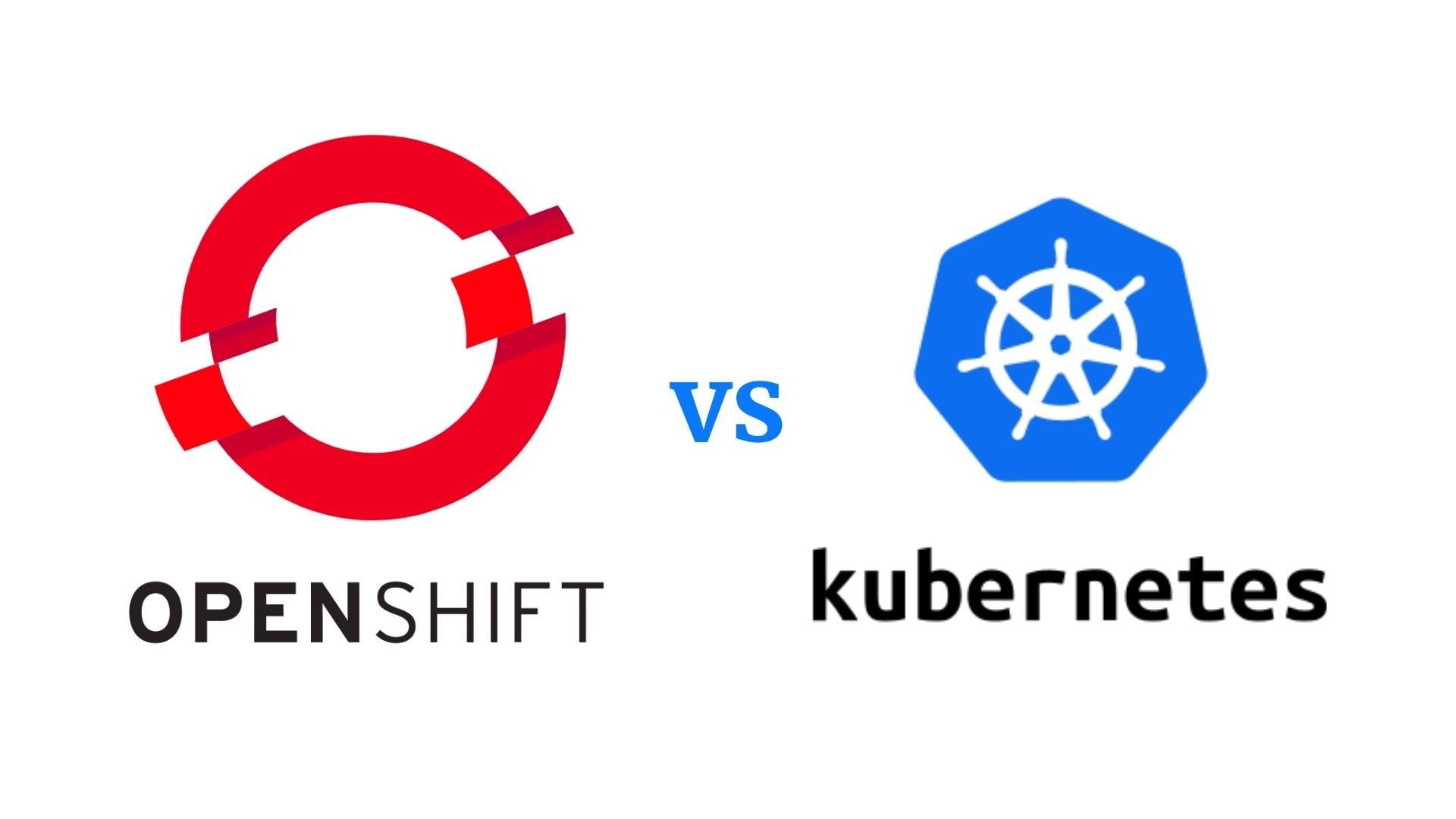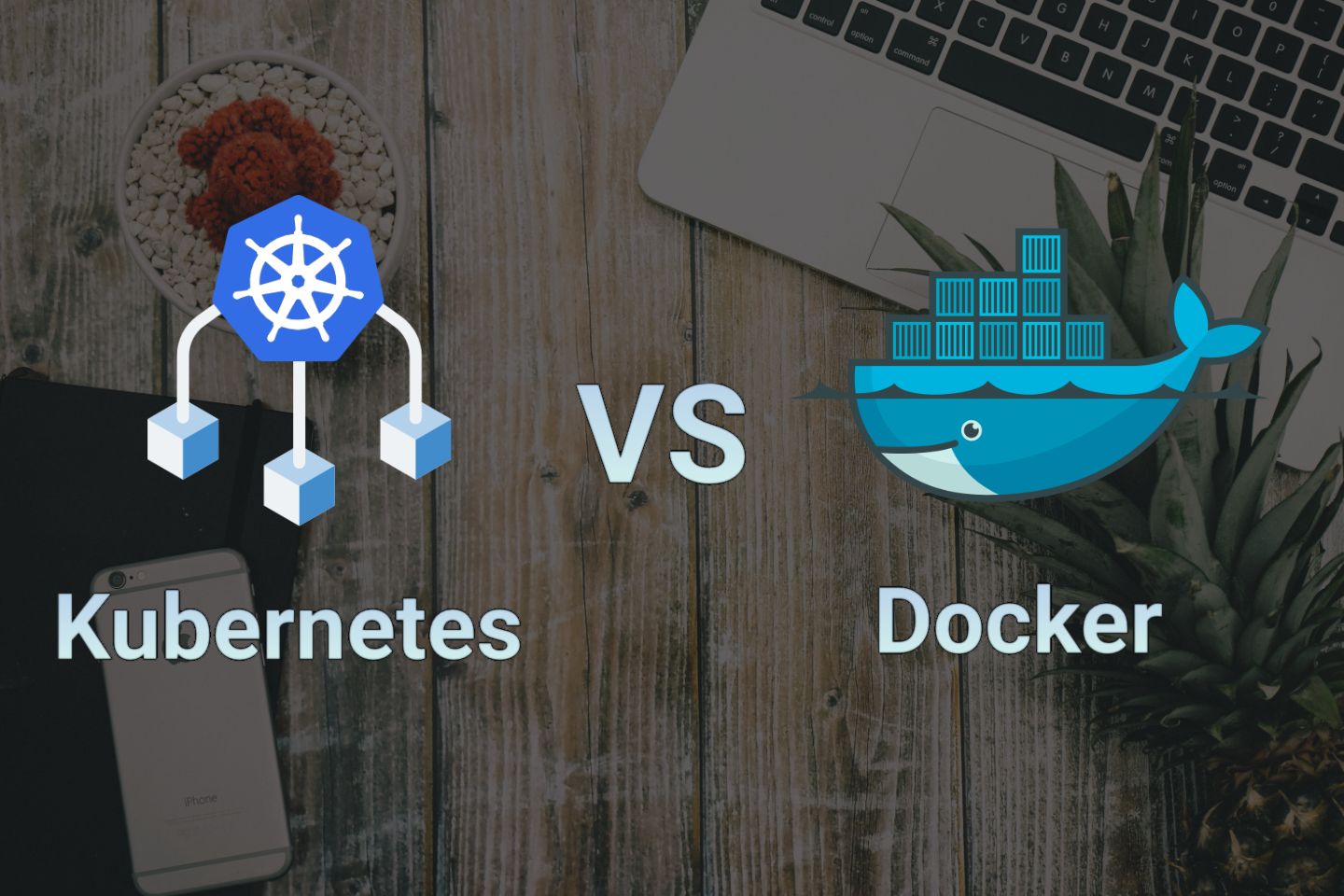Understanding the Basics: What are Mesosphere and Kubernetes?
Mesosphere and Kubernetes are two popular container orchestration platforms that help automate the deployment, scaling, and management of applications. Mesosphere, now known as DC/OS (DataCenter Operating System), is a comprehensive platform that supports various container runtimes, including Docker and rkt. It offers features such as service discovery, load balancing, and networking, making it an ideal choice for managing complex, multi-tier applications. Kubernetes, on the other hand, is an open-source platform designed specifically for container orchestration. It provides a robust set of tools for automating the deployment, scaling, and management of containerized applications. Kubernetes is known for its self-healing capabilities, automatic rollouts and rollbacks, and service discovery features, which make it a popular choice for organizations looking to streamline their container management processes.
Key Considerations: Factors to Evaluate When Choosing Between Mesosphere and Kubernetes
When comparing Mesosphere and Kubernetes, it is crucial to consider several factors to ensure you select the right platform for your business needs. Here are some key considerations to keep in mind: Ease of use: While both platforms offer powerful container orchestration capabilities, Kubernetes can have a steeper learning curve due to its complex architecture and extensive feature set. Mesosphere, on the other hand, provides a more user-friendly interface, making it easier to get started for those new to container orchestration.
Scalability: Both Mesosphere and Kubernetes are highly scalable solutions, capable of managing large-scale, distributed applications. However, Kubernetes’ modular design allows for more fine-grained control over resource allocation and scaling, making it a popular choice for organizations with demanding workloads.
Community support: Kubernetes has a massive and active community, which means you can find a wealth of resources, tutorials, and third-party tools to help you get the most out of the platform. Mesosphere, while having a smaller community, still offers robust support and resources for users.
Integration with existing infrastructure: Consider how well each platform integrates with your existing infrastructure and tools. Mesosphere supports various container runtimes and integrates with popular big data frameworks, while Kubernetes is designed to work seamlessly with Google Cloud Platform and other cloud providers.
Mesosphere: A Deep Dive into Its Features and Benefits
Mesosphere, now known as DC/OS (DataCenter Operating System), is a powerful container orchestration platform that offers a wide range of features and benefits. Its primary function is to manage and orchestrate containerized applications, ensuring seamless deployment, scaling, and management. One of Mesosphere’s key features is its ability to support various container runtimes, including Docker and rkt. This flexibility allows organizations to choose the runtime that best fits their needs and infrastructure. Additionally, Mesosphere offers built-in service discovery, load balancing, and networking capabilities, simplifying the process of managing complex, multi-tier applications.
Mesosphere’s benefits include ease of use, thanks to its user-friendly interface, and robust support for big data frameworks, making it an ideal choice for organizations with demanding data processing requirements. Furthermore, Mesosphere’s modular architecture enables organizations to integrate it with their existing infrastructure and tools, ensuring a smooth transition to container orchestration.
Kubernetes: Exploring Its Strengths and Weaknesses
Kubernetes is an open-source container orchestration platform designed to automate the deployment, scaling, and management of containerized applications. It has gained significant popularity in recent years due to its robust feature set and extensive community support. Strengths:
- Extensive community support: Kubernetes has a massive and active community, which means you can find a wealth of resources, tutorials, and third-party tools to help you get the most out of the platform.
- Modular design: Kubernetes’ modular architecture allows for fine-grained control over resource allocation and scaling, making it a popular choice for organizations with demanding workloads.
- Seamless integration with cloud providers: Kubernetes is designed to work seamlessly with Google Cloud Platform and other cloud providers, enabling organizations to leverage the benefits of cloud computing.
Weaknesses:
- Complexity: Kubernetes can have a steeper learning curve due to its complex architecture and extensive feature set, making it more challenging to set up and manage for those new to container orchestration.
- Limited support for Windows containers: While Kubernetes does support Windows containers, its feature set and community support for Windows are not as extensive as for Linux containers.
How to Choose: A Step-by-Step Guide to Selecting the Right Solution for Your Business
When evaluating Mesosphere and Kubernetes for your organization, consider the following steps to help you make an informed decision:
- Assess your requirements: Identify your organization’s needs, including the size and complexity of your applications, desired level of control, and available resources for managing the platform.
- Evaluate ease of use: Determine which platform is more user-friendly and better suited to your team’s skill level. Consider factors such as the learning curve, documentation, and community support.
- Consider scalability: Analyze each platform’s ability to handle your current and future workloads. Determine which platform can grow with your organization and support your scaling needs.
- Examine integration capabilities: Assess how well each platform integrates with your existing infrastructure and tools. Ensure that the chosen platform can work seamlessly with your current technology stack.
- Review community support: Research each platform’s community to determine the availability of resources, tutorials, and third-party tools. A strong community can significantly impact the success of your implementation.
- Test both platforms: If possible, set up a proof of concept for both Mesosphere and Kubernetes in a controlled environment. This hands-on experience will help you evaluate each platform’s features and benefits firsthand.
Implementation and Management: Best Practices for Getting the Most Out of Your Chosen Platform
Implementing and managing Mesosphere or Kubernetes requires careful planning and execution. Here are some best practices to ensure long-term success: Mesosphere best practices:
- Start with a clear use case: Define the specific problem you want to solve with Mesosphere and ensure it aligns with your organization’s goals.
- Plan for scalability: Design your Mesosphere deployment with scalability in mind, ensuring it can handle increasing workloads and user demands.
- Monitor performance: Regularly monitor Mesosphere’s performance and resource utilization to identify bottlenecks and optimize resource allocation.
- Leverage the community: Engage with the Mesosphere community to stay informed about new features, best practices, and troubleshooting tips.
Kubernetes best practices:
- Use namespaces: Namespaces help organize resources and improve resource isolation, making it easier to manage large-scale Kubernetes deployments.
- Implement role-based access control (RBAC): RBAC enables fine-grained access control, ensuring that users and services only access the resources they need.
- Monitor and log events: Regularly monitor and log Kubernetes events to identify issues and optimize resource allocation.
- Leverage automation: Automate as many processes as possible, including deployment, scaling, and rollbacks, to minimize manual intervention and reduce the risk of human error.
Navigating the Future: The Evolution of Mesosphere and Kubernetes and Their Role in the IT Landscape
Mesosphere and Kubernetes are continually evolving to meet the demands of modern businesses and professionals. Here’s what to expect in the future: Mesosphere:
- Integration with popular cloud providers: Mesosphere is expected to deepen its integration with popular cloud providers, offering users more flexibility and choice in their deployments.
- Enhanced security features: As container orchestration becomes more critical to businesses, Mesosphere is likely to focus on improving security features, including better access controls and encryption options.
- Improved user experience: Mesosphere is expected to continue refining its user interface, making it easier for users to manage and monitor their containerized applications.
Kubernetes:
- Simplified deployment and management: Kubernetes is working on simplifying its deployment and management processes, making it more accessible to a wider audience.
- Greater focus on edge computing: As edge computing gains traction, Kubernetes is expected to play a significant role in managing containerized applications at the edge.
- Integration with serverless computing: Kubernetes is likely to deepen its integration with serverless computing platforms, enabling users to build and manage serverless applications more efficiently.
Conclusion: Making an Informed Decision for Your Organization
When comparing Mesosphere and Kubernetes, it’s essential to consider your organization’s unique requirements and priorities. Both platforms offer powerful container orchestration capabilities, but they differ in terms of ease of use, scalability, community support, and integration with existing infrastructure. Mesosphere is an excellent choice for organizations seeking a user-friendly platform with robust data processing capabilities. Its modular architecture and seamless integration with popular big data frameworks make it an ideal solution for data-intensive workloads.
Kubernetes, on the other hand, is a highly scalable and customizable platform that offers extensive community support and integration with popular cloud providers. It’s an excellent choice for organizations seeking a platform that can handle large-scale, distributed applications and is well-suited for containerized microservices architectures.
To make an informed decision, consider the following questions and factors:
- What are your organization’s specific needs and priorities?
- What is the skill level of your team, and how much time can they dedicate to learning and managing the platform?
- What is the size and complexity of your applications, and how much scalability do you require?
- What level of community support and third-party tools do you need to ensure long-term success?
- How well does each platform integrate with your existing infrastructure and tools?
Ultimately, the choice between Mesosphere and Kubernetes depends on your organization’s unique requirements and priorities. By carefully evaluating each platform’s features, benefits, and drawbacks, you can make an informed decision that sets your organization up for long-term success in container orchestration.




